In Honor of Cuphead, The 10 Games That Come Closest to Real-Life Cartoons
From anime to Saturday morning cartoons, long before Cuphead these games paved the path to making 2D animation interactive.
This article first appeared on USgamer, a partner publication of VG247. Some content, such as this article, has been migrated to VG247 for posterity after USgamer's closure - but it has not been edited or further vetted by the VG247 team.
Studio MDHR's visually arresting run-and-gun game Cuphead has been in development for seven years, since 2010. It's been teased for a long while, with delays, a new chunk of game added (formerly just a boss rush, now with platforming), and more. Cuphead's weathered a lot during its times of press demos, public demos, and intriguing trailers. Its art direction, focused on emulating the 1930s cartoons of Fleischer Studios, looks like no other game around.
Nonetheless, Cuphead isn't the only game to be directly inspired by animation, or to look like it either. (In fact, it's not even the only one to be heavily influenced by Fleischer Studios, as the Steam Greenlight project Fleish & Cherry in Crazy Hotel shows.) Below are ten games that have all been inspired by cartoons, animated films, and more. Games, aside from the mostly static point-and-click adventures or visual novels that take on a cartoonish style, that make the effort not just to call upon other works as inspiration, but attempt to replicate their 2D stylings in action too.

Dragon's Lair
Long before adventure games from Telltale grasped the ideology of cinematic video games, laserdisc games reigned supreme. Laserdisc games were technically interactive movies, utilizing Full-Motion Video (also known as FMV) usually of the cartoon-style, and making it interactive. Dragon's Lair spearheaded the genre, with its fantasy cartoon driving players to arcades in droves. For one of the first times, people could interact with the animated stories they loved so dearly, and feel connected to them.
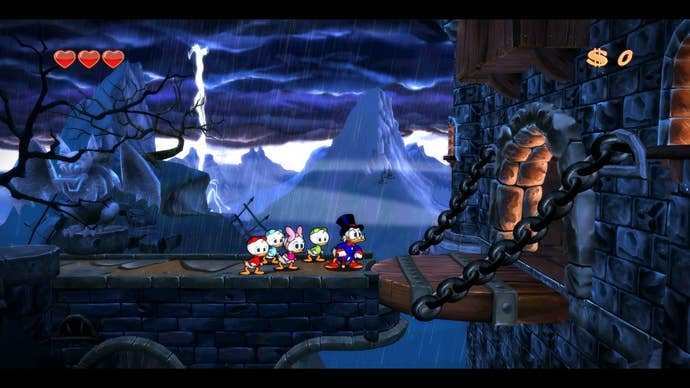
DuckTales
The 1990s were home to some of the best Disney games ever made. Aladdin. The Lion King. Hercules. But the very best animated-looking Disney game came long before those, in 1989 on the Nintendo Entertainment System with the very first DuckTales. Based on the animated television series of the same name, DuckTales went above and beyond in adapting the Disney Afternoon cartoon. It mechanized ol' Scrooge McDuck into a jumping, running, money grubbing action platforming hero. The inspiration itself? The animated adventures of DuckTales, of course. With its recent Remastered release, it's almost like you're playing through an episode of the cartoon itself. Just as intended.
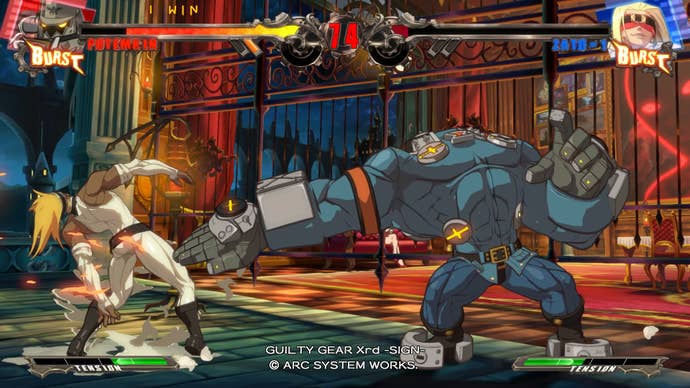
Guilty Gear (and anything dreamed up by Arc System Works)
If the popular fighting game series Guilty Gear is known for anything, it's its art style. Utilizing a mixture of 2D art plastered onto 3D models, the Guilty Gear franchise is likely as close as games have come to turning anime wholly interactive. Arc System Works also handled the game-melding spin-offs of Persona 4 Arena, which pin the characters of Persona 3 and Persona 4 against one another. Instead of stagnant portraits, their 2D bodies come to life for what feels like the very first time. Arc System Works' definitive art direction doesn't end with the likes of Guilty Gear, BlazBlue, and Persona 4 Arena. In fact, luckily we have more anime-style goodness to look forward to when the impeccably animated Dragonball FighterZ releases next year.

Machinarium
Machinarium is a point-and-click adventure game that stands against others of the mostly still genre. Its backgrounds move. The robots that dwell within its dark world are clunky, looking like they may fall apart at any given moment. It's a hauntingly detailed world of built purely of scrap metal. Machinarium looks like a mixture of the world once drawn by early Tim Burton, with a dash of Jhonen Vasquez tossed in. It's an eerie sort of cartoon-like aesthetic it adopts, but it pulls you into its world.
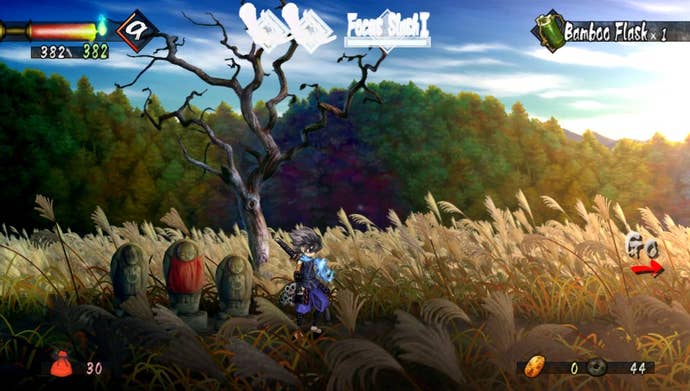
Muramasa: The Demon Blade
Much like Arc System Works' signature feel for fighting games, as is Vanillaware on their beautifully illustrated titles. No game is better representative of it than Muramasa: The Demon Blade, which looks like a hand painted animation come to life. As an action RPG, Muramasa has a whole lot of hacking and slashing, but the action is fluid in its motion, and a delight to watch even to outsiders watching the game and not playing it. The world moves with its two heroes, from hay swaying in the background to enemies floating in the air. Like the best animation, it's hard to imagine Muramasa: The Demon Blade outside of its art, yet it teems with life just as anything else in the world.

Ni No Kuni
Ni No Kuni is an anomaly in this list, not existing in 2D at hardly any capacity (outside of a select few fully animated cutscenes). Instead, Ni No Kuni takes its animation inspirations to the next level: by adapting them into 3D. Created in part by Level-5 and the world-renowned animation studio Studio Ghibli, Ni No Kuni feels oftentimes like a film from the legendary studio. Whether its the Joe Hisaishi composed score or the heartfelt, magical tale it weaves that complement it, the lush world and characters are as gorgeously rendered as they would be in a 2D animation penned by someone like Hayao Miyazaki. The upcoming sequel may not have the Studio Ghibli name attached, but in the end, hopefully it retains their spirit.

Rayman Origins
The Rayman series has had major ups and downs. Rayman Origins though was the series' triumphant return to relevancy. Gone was its old graphical style, and in came something wholly new and animated in 2D. Rayman was now essentially a kids cartoon in motion, with the adventuring finesse to match.

Shantae: Half-Genie Hero
Like Rayman, Shantae's also had a very different history, and it wasn't until Shantae: Half-Genie Hero where her art truly shined. Shantae has always been a star with flowing purple hair, utilized as a weapon. In Shantae: Half-Genie Hero, Shantae finally feels like the cartoon heroine she was always destined to be; its 2D animation moving with the fluidity of something you'd find on Cartoon Network, Nickelodeon, and beyond. Playing Half-Genie Hero gives the player the sense that this is how Shantae games were always intended, only then they were relegated to pixelated art to come to life.
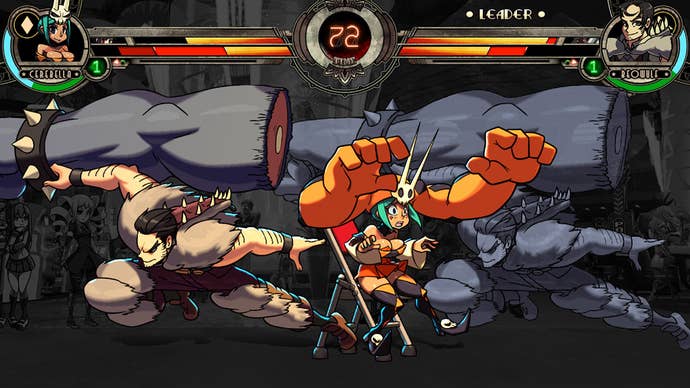
Skullgirls
Skullgirls was a surprise success. Now available on virtually any platform you could dream of, the niche fighting game from Lab Zero Games was entirely hand drawn, right down to the frames of its idle animations. The inspirations behind the endearing fighting game are varied and it shows in the game itself, bouncing between the likes of Who Framed Roger Rabbit? to Batman: The Animated Series to Gurren Laggan. Like how Cuphead is borne from a love for 1930s cartoons, Skullgirls is a game inspired by some of the greatest modern animation of the past couple decades.
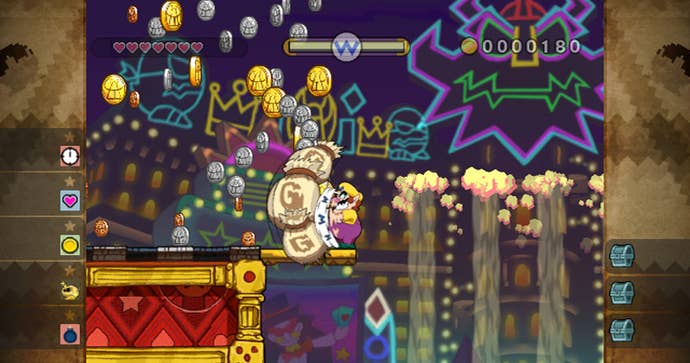
Wario Land: Shake It!
In order for the anti-hero Wario to stand out in his own game, a major change had to be made. It just so happened that change had to be tied to its visuals. "Of course, it was possible to develop the game using 3D graphics, but because that made it difficult to express Wario's fluid, dynamic movements and actions, we adopted a more anime-like style," a representative from Nintendo once told IGN. "It was really labour-intensive, but as a result the game is really distinctive." Wario Land: Shake It!'s visual design is distinctive; no longer 3D like most modern Mario games, nor pixelated. Wario paved his own path, and did so by looking to Japanese animation itself.

